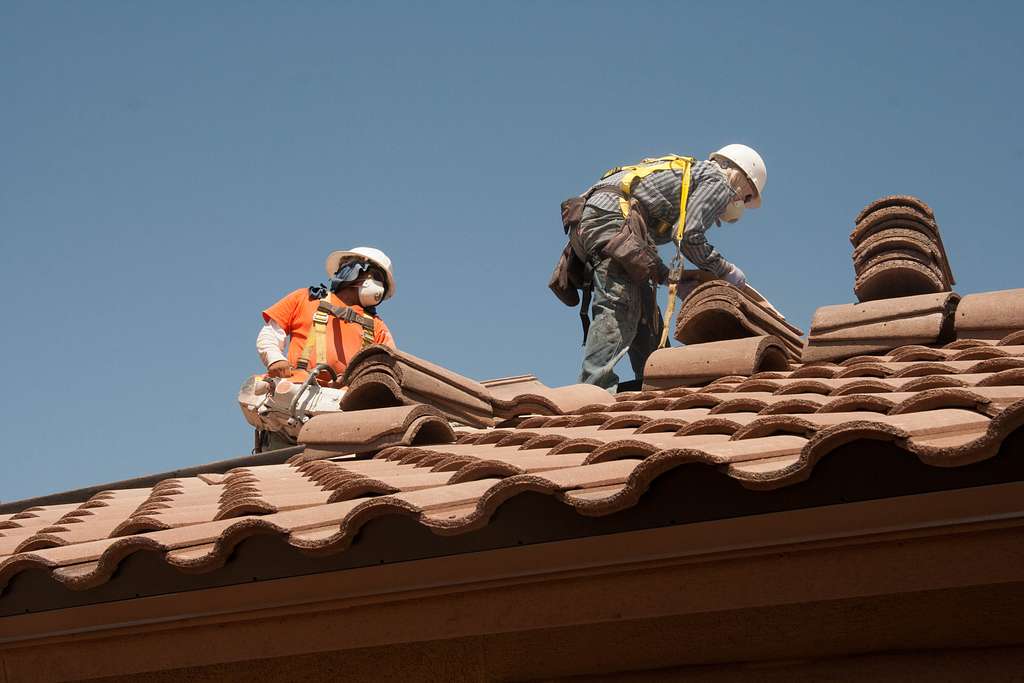Roof Ventilation

Introduction: Understanding the Basics of Roof Ventilation and Its Significance
Roof ventilation is a crucial aspect of any home or building’s overall health and functionality. It plays a vital role in maintaining a comfortable living environment while also protecting the structure from potential damage. Understanding the basics of roof ventilation and its significance is essential for homeowners, architects, and contractors alike.
Proper roof ventilation involves the strategic placement of vents and openings throughout the roof system to allow for the free flow of air. This airflow helps regulate temperature, reduce moisture buildup, and prevent potential issues such as mold growth or structural damage.
The importance of roof ventilation cannot be overstated. It directly impacts energy efficiency, as it helps to control heat buildup in attics during hot summer months and prevents excessive heat loss during colder seasons. Additionally, an adequately ventilated roof can extend the lifespan of roofing materials by reducing moisture-related problems that can lead to deterioration.
In this section, we will explore the benefits of roof ventilation in more detail, highlighting its impact on energy efficiency, indoor air quality, and overall structural integrity. By gaining a deeper understanding of this essential component of roofing systems, readers will be better equipped to make informed decisions when it comes to their own homes or projects.
How Roof Ventilation Improves Home Comfort and Indoor Air Quality
A well-ventilated roof plays a crucial role in enhancing both the comfort and indoor air quality of a home. By promoting fresh air circulation, it effectively reduces heat buildup in the attic space, preventing excessive heat from seeping into living areas below. This not only helps maintain a more comfortable temperature throughout the house but also contributes to energy efficiency by reducing the need for excessive cooling.
In addition to temperature regulation, proper roof ventilation also aids in moisture control. By allowing humid air to escape and preventing condensation from forming, it helps mitigate potential issues such as mold growth and structural damage caused by excess moisture. This is particularly important in areas with high humidity or climates prone to heavy rainfall.
Furthermore, a well-ventilated roof can help eliminate odors that may accumulate within the home. Whether it’s cooking smells or lingering odors from cleaning products, effective ventilation ensures that these unpleasant scents are promptly removed rather than lingering in enclosed spaces.
Overall, investing in a properly ventilated roof offers numerous benefits for homeowners. It not only improves overall comfort by regulating temperature but also contributes to better indoor air quality by controlling moisture levels and eliminating unwanted odors.
The Role of Roof Ventilation in Energy Efficiency and Cost Savings
In the pursuit of creating energy-efficient homes, one often overlooked aspect is the role of roof ventilation. Proper roof ventilation plays a crucial role in reducing cooling costs and minimizing the usage of HVAC systems, making it an essential component of passive cooling techniques.
When a home lacks adequate roof ventilation, heat can build up in the attic space, causing temperature imbalances throughout the house. This excess heat forces air conditioning units to work harder, leading to increased energy consumption and higher utility bills.
By incorporating effective roof ventilation systems, homeowners can create a more comfortable living environment while simultaneously reducing their carbon footprint and saving on energy costs. These systems allow hot air to escape from the attic, promoting natural airflow and preventing heat from being trapped inside.
Furthermore, proper roof ventilation helps prevent moisture buildup and condensation in attics, which can lead to mold growth and structural damage. By ensuring adequate airflow through well-designed vents or ridge vents, homeowners can maintain a healthier living environment while protecting their home’s integrity.
In conclusion, understanding the role of roof ventilation in energy efficiency and cost savings is crucial for homeowners seeking sustainable solutions for their homes. By implementing proper ventilation techniques as part of passive cooling strategies, individuals can create more comfortable living spaces while minimizing their reliance on HVAC systems and enjoying long-term financial benefits.
Different Types of Roof Ventilation Systems: Pros and Cons
When it comes to maintaining a well-ventilated roof, there are several options to consider. Understanding the different types of roof ventilation systems and their pros and cons can help homeowners make informed decisions about which option is best suited for their needs.
One popular type of roof ventilation system is ridge vents. These vents are installed along the peak of the roof, allowing hot air to escape from the attic space. Ridge vents offer a sleek and unobtrusive appearance, blending seamlessly with the roofline. However, they require proper installation to ensure optimal airflow.
Soffit vents, on the other hand, are located under the eaves of the roof. They allow fresh air to enter the attic space while pushing out stale air through other ventilation openings such as ridge vents or gable vents. Soffit vents provide consistent airflow and can be an effective choice for maintaining a balanced ventilation system.
Gable vents are typically installed on the sides of a house near the attic area. They promote natural airflow by allowing hot air to escape from one side while cool air enters from another side. Gable vents come in various shapes and sizes, providing flexibility in terms of aesthetics and functionality.
Turbine vents utilize wind power to create ventilation within the attic space. As wind passes over these spinning turbines, it creates suction that draws hot air out of the attic. Turbine vents can be effective in areas with consistent wind patterns but may not perform optimally in areas with minimal wind activity.
Powered attic fans are another option for enhancing roof ventilation. These fans actively pull hot air out of the attic space using electricity or solar power. While they can provide efficient cooling benefits, powered attic fans may consume energy and require regular maintenance.
It’s important for homeowners to consider their specific climate conditions, roofing structure, and personal preferences when choosing a roof ventilation system. Consulting with professionals in roofing or HVAC industries can provide valuable insights tailored to individual needs.
By understanding the pros and cons of different types of roof ventilation systems, homeowners can make informed decisions to ensure proper airflow and maintain a comfortable living environment while protecting their home from potential issues caused by excess heat and moisture.
Maintaining an Effective Roof Ventilation System: Common Issues and Solutions
A well-maintained roof ventilation system is crucial for the overall health and longevity of a building. It not only helps in regulating temperature and moisture levels but also plays a significant role in preventing issues like mold and mildew.
One of the common issues faced with roof ventilation systems is inadequate airflow, which can lead to the accumulation of moisture and subsequent growth of mold and mildew. This can be caused by improper insulation practices or blocked vents. To address this problem, it is essential to ensure that proper insulation techniques are followed during installation, allowing for efficient airflow throughout the system.
Another common problem encountered is improper installation or placement of vents, leading to ineffective ventilation. This can result in hot spots within the building during summer months or cold drafts during winter. Troubleshooting such issues requires careful inspection and adjustment of vent locations to optimize airflow.
Regular maintenance is key to preventing these problems from arising. Routine inspections should be conducted to identify any signs of damage or blockage in the ventilation system. Prompt action should be taken to rectify any issues found, such as clearing debris from vents or repairing damaged components.
In conclusion, maintaining an effective roof ventilation system involves addressing common issues related to mold and mildew prevention, proper insulation practices, as well as troubleshooting problems that may arise over time. By implementing these solutions and conducting regular maintenance checks, one can ensure a healthy and comfortable indoor environment while extending the lifespan of their roofing system.
Conclusion: Investing in Proper Roof Ventilation for a Cooler and Healthier Home Environment
In conclusion, investing in proper roof ventilation is essential for creating a cooler and healthier home environment. By ensuring adequate airflow and ventilation in your roof space, you can effectively regulate temperature, reduce moisture buildup, and improve indoor air quality.
A cooler home environment not only enhances comfort during hot summer months but also helps to lower energy costs by reducing the need for excessive air conditioning. Additionally, by preventing the accumulation of moisture, proper roof ventilation helps to prevent mold growth and potential health issues associated with dampness.
Investing in quality roof ventilation systems is a long-term investment that offers numerous benefits. It not only protects your home from potential damage caused by excessive heat or moisture but also contributes to a more sustainable and eco-friendly living space.
In conclusion, prioritizing proper roof ventilation should be an integral part of any homeowner’s maintenance plan. By taking this step, you can create a more comfortable and healthier living environment for you and your family while also enjoying long-term cost savings.
So be sure to visit our Bossier City roofing services page to discover the full extent of our offerings.

